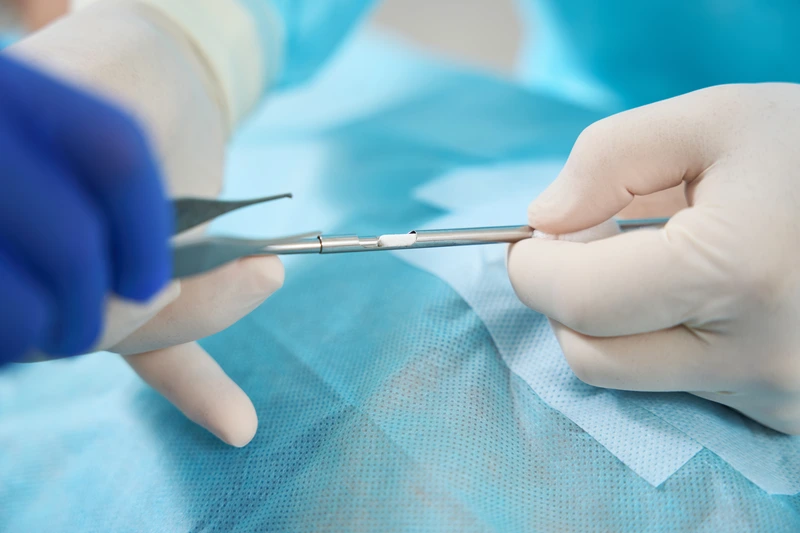Hormone replacement therapy (HRT) plays a vital role in alleviating menopausal symptoms and providing much-needed relief from hot flashes, mood swings, and sleep disturbances. Among the various HRT options available, hormone pellets and estrogen patches stand out as popular choices. Each method has unique considerations, making it essential to understand the differences between them. Hormone pellets are small implants placed under the skin, while estrogen patches are self-applied treatments that deliver hormones through the skin. By exploring these options, women can make informed decisions about their health.(1)(2)(3)
Both hormone pellets and patches effectively address menopausal symptoms, but each has its own advantages and drawbacks. The following info compares these two methods, offering insights into their application, effectiveness, and convenience.(1)(2)

Comparing Treatment Options
Estrogen Patches
Estrogen patches have gained popularity as a reliable form of hormone replacement therapy, providing women with an effective and hassle-free way to manage menopausal symptoms. These patches are applied directly to the skin — usually on the lower abdomen — where they release a steady dose of estrogen into the bloodstream. This non-invasive method ensures controlled hormone levels, helping to minimize sudden fluctuations often associated with other forms of HRT.(2)(3)
For women seeking a low-maintenance solution, estrogen patches are particularly appealing. Typically, they are replaced every four days, with adjustments made as needed based on medical advice. Beyond their ease of use, these patches are also known to enhance bone health and lower the risk of osteoporosis, all while delivering relief from common menopausal issues. It’s important to note that women who have a uterus will additionally need progesterone as part of their HRT treatment.(4)
Hormone Pellets
Hormone pellets come with certain benefits, like long-lasting symptom relief and less frequent dosing. However, there are notable drawbacks to consider:
Invasive Procedure: Inserting pellets requires a minor surgical procedure under the skin, typically in the hip or buttock area. This can be uncomfortable and carries some risks, including infection, scarring, and bleeding. Once implanted, the pellets are not easily removed if side effects occur.
Limited Dosage Flexibility: Unlike oral or topical HRT, the dosage of hormone pellets cannot be adjusted once they are placed. This means individuals may endure side effects or insufficient symptom relief until the pellets fully dissolve, which can take several months.
Hormone Fluctuations: Some women report experiencing a surge of hormones immediately after insertion, followed by a gradual decline. This fluctuation can lead to inconsistent relief from symptoms.
While hormone pellets eliminate the need for frequent applications, these considerations should be weighed carefully when choosing an HRT method.(1)
Estrogen Pellets | Estrogen Patch (Winona) | |
|---|---|---|
Hormone Type | SYNTHETIC / BIOIDENTICAL | BIOIDENTICAL |
Invasive | YES | NO |
Monthly Cost | $100 - $500 | $149 |
Dosage Frequency | EVERY 3-6 MONTHS | EVERY 4 DAYS |
Dosage Control | NO | YES |
Prescription | YES | YES |
Self-Administered | NO | YES |
Application | INSERTED UNDER SKIN | ON TOP OF SKIN |
Why Choose the Estrogen Patch?
Estrogen patches offer several advantages over traditional hormone pellets, particularly for those seeking a non-invasive and cost-effective option. Priced around $150 per month, patches provide an affordable solution without compromising quality.
As a bioidentical HRT option, patches present a more natural approach to hormone replacement. Easy to apply, these patches deliver controlled dosages, making them a practical choice for managing menopausal symptoms. Both patches and hormone pellets require a doctor's prescription. The convenience of hormone patches lies in their ability to reduce the need for frequent doctor visits or surgical procedures, empowering individuals to take charge of their health with ease.
